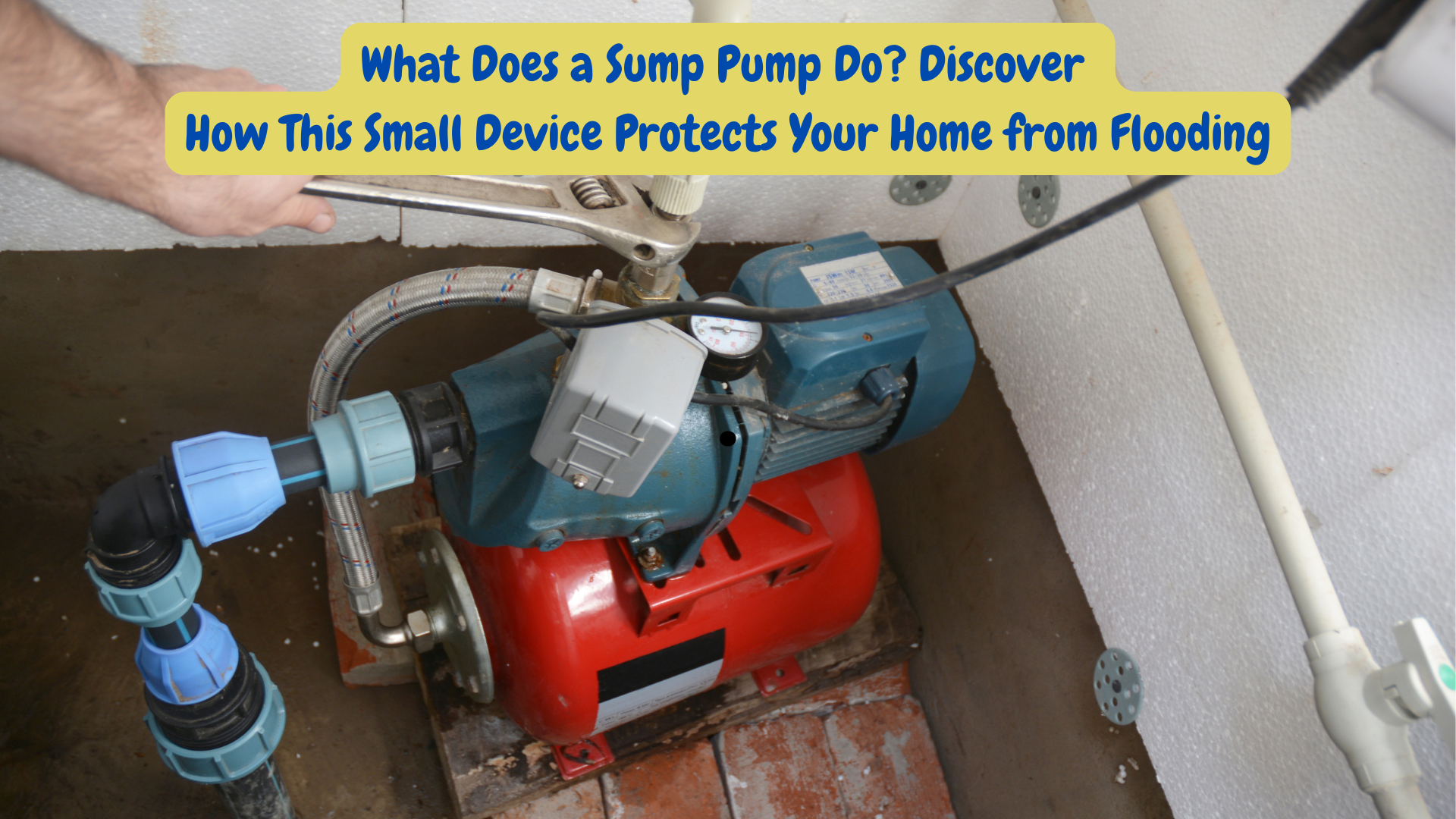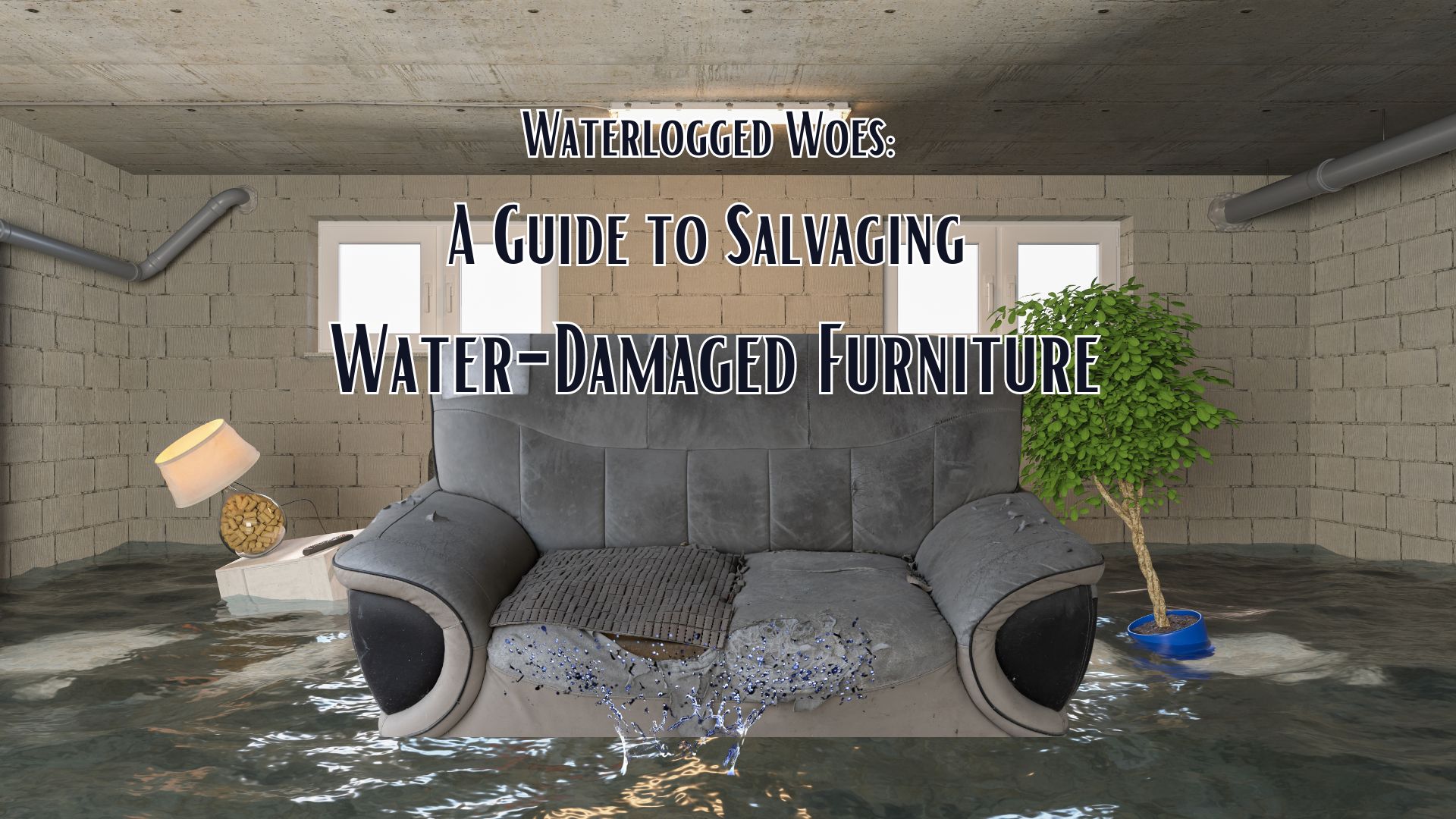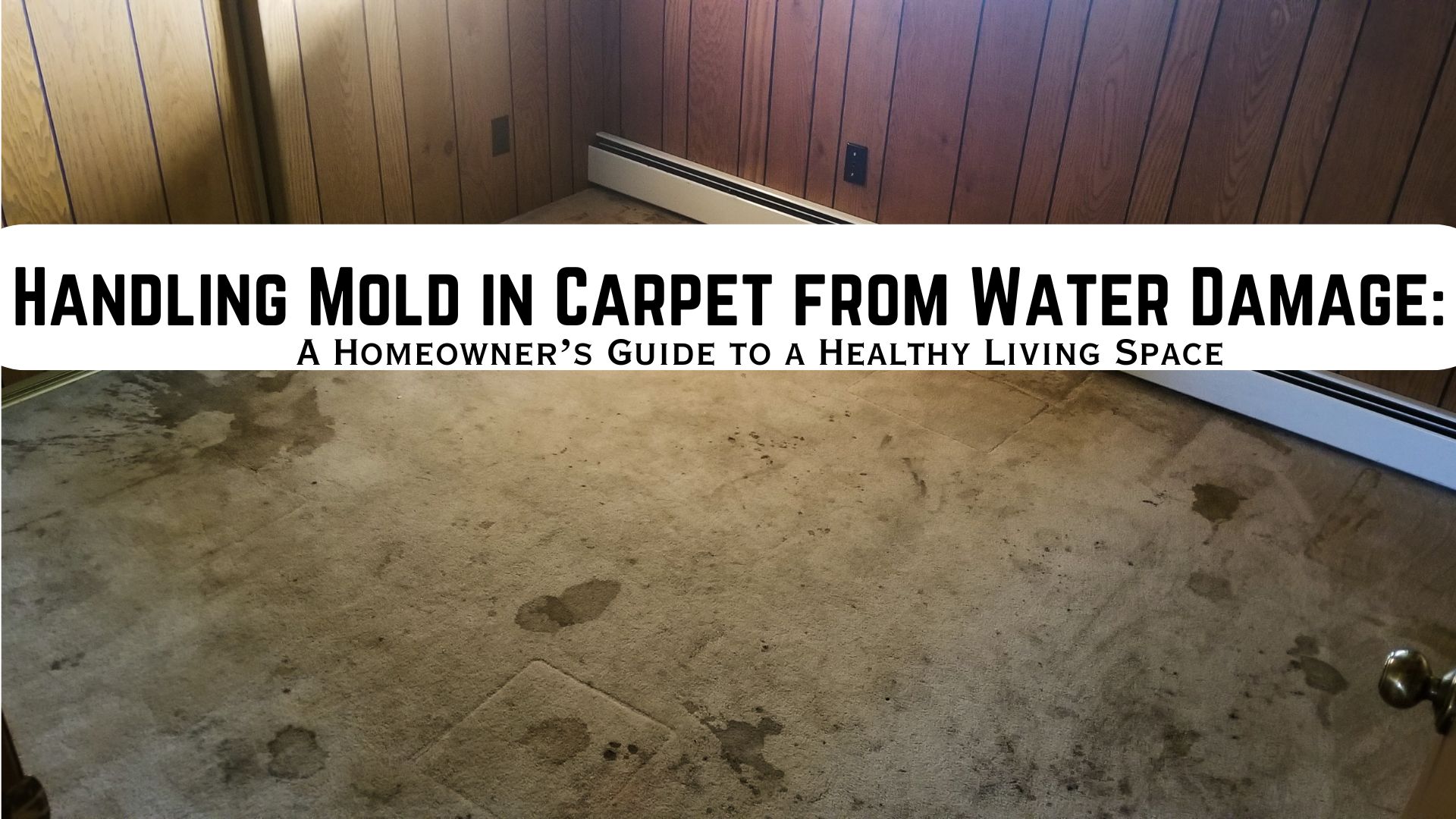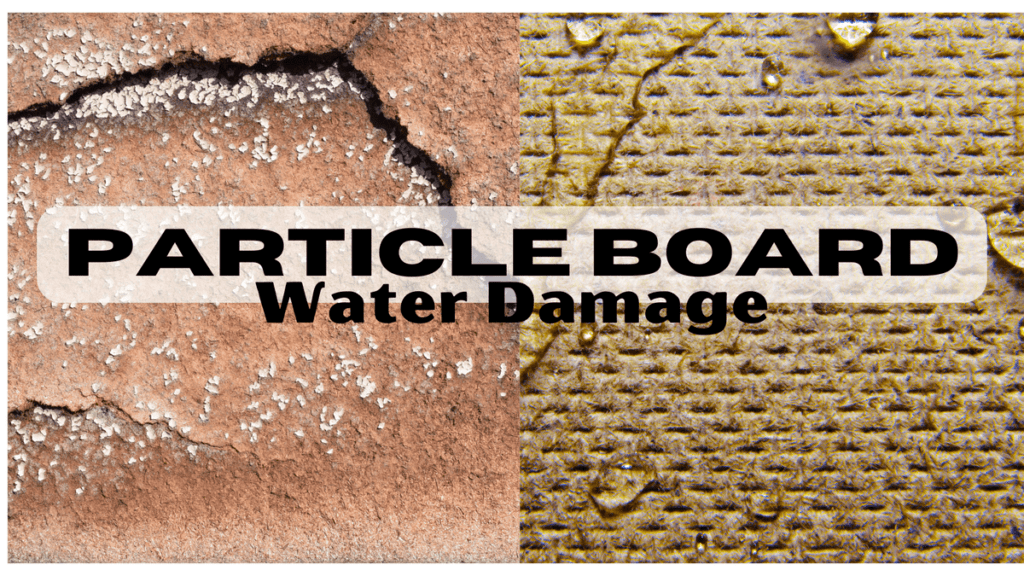
The Nightmare of Particle Board Water Damage
Imagine this: you walk into your kitchen or bathroom one morning, and you notice something is off. Your beautiful cabinets or flooring, made from particle board, are starting to warp and swell. The once smooth surface now feels uneven, and there’s a musty smell in the air. You’ve just encountered one of the most common yet frustrating problems for homeowners – particle board water damage.
Particle board, widely used in furniture and construction, is an economical and versatile material. However, its susceptibility to water damage can turn it into a nightmare. In this guide, we’ll delve into everything you need to know about water-damaged particle board and how to save it. We’ll cover the causes, preventive measures, and step-by-step solutions to fix the problem. Let’s dive in and reclaim your beautiful home from the clutches of water damage!
Understanding Particle Board: What Is It and Why Is It Vulnerable?
What Is Particle Board?
Particle board is an engineered wood product created by compressing wood chips, sawdust, and synthetic resin or other adhesives into a solid board. It’s a popular choice for furniture, cabinets, and flooring due to its affordability and versatility.
Why Is Particle Board Prone to Water Damage?
The structure of particle board makes it highly susceptible to water damage. Unlike solid wood, particle board lacks a natural grain and is held together by adhesives that can deteriorate when exposed to moisture. When particle board gets wet, it absorbs water quickly, causing it to swell, warp, and lose its structural integrity.
Identifying Particle Board Water Damage
Particle Board Water Damage: What are the signs?
Recognizing the early signs of water damage in particle board is crucial to prevent further deterioration. Here are some common indicators:
- Swelling and Warping: The surface becomes uneven, and edges start to lift.
- Discoloration: The color of the particle board may change, often turning darker in affected areas.
- Peeling or Bubbling: The laminate or veneer on the surface may start to peel or form bubbles.
- Musty Odor: A damp, musty smell is a clear sign of moisture retention.
Causes of Particle Board Water Damage
Understanding the root causes of water damage is important. This can aid in preventing future occurrences. Here are some common culprits:
1. Leaks and Spills
Water leaks from plumbing fixtures, appliances, or accidental spills can seep into the particle board, causing damage.
2. High Humidity
In areas with high humidity, particle board can absorb moisture from the air, leading to swelling and warping over time.
3. Poor Ventilation
Inadequate ventilation in areas like kitchens and bathrooms can trap moisture, accelerating the deterioration of particle board.
4. Inadequate Sealing
Particle board that isn’t properly sealed, especially at the edges, is more vulnerable to water penetration.
Preventive Measures: How to Protect Particle Board from Water Damage
1. Proper Sealing
Ensure that all exposed edges of the particle board are sealed with waterproof sealant or paint to prevent water absorption.
2. Use Waterproof Coatings
Applying a waterproof coating or laminate can provide an additional layer of protection against moisture.
3. Regular Maintenance
Regularly inspect areas prone to water exposure for signs of leaks or spills, and address them immediately.
4. Improve Ventilation
Ensure proper ventilation in humidity-prone areas such as bathrooms and kitchens.
Step-by-Step Guide to Fixing Particle Board Water Damage
Step 1: Assess the Damage
The first step is to thoroughly inspect the particle board to determine the extent of the damage. You can often repair minor damage, but you’ll need to replace severely damaged boards.
Step 2: Dry the Particle Board
Before attempting any repairs, ensure that the particle board is completely dry. You can speed up the drying process by using dehumidifiers, fans, or even a hairdryer. Be patient, as this can take several hours to days, depending on the extent of the moisture.
Step 3: Sand the Damaged Area
Once the board is dry, sand the damaged area using medium-grit sandpaper to remove the swollen or warped surface. This will help create a smooth and even base for further repairs.
Step 4: Apply Wood Filler
For minor damage, apply a wood filler to the affected area. Choose a filler that matches the color of your particle board. Use a putty knife to spread the filler evenly, filling in any gaps or cracks. According to the manufacturer’s instructions, Let the filler dry.
Step 5: Sand Again
After the wood filler has dried, sand the area again with fine-grit sandpaper to achieve a smooth finish. Get rid of the dust by wiping it away with a damp cloth.
Step 6: Seal the Surface
Apply a waterproof sealant or paint to the affected or repaired area. Ensure complete coverage, paying special attention to the edges and seams.
Step 7: Replace if Necessary
If the damage is too extensive and repair isn’t feasible, it may be necessary to replace the damaged section of the particle board. Cut out the affected area and once replacement is done, ensure that the new piece is securely fastened and sealed.
Dealing with Objections: Common Concerns and Their Solutions
Concern 1: “Isn’t Particle Board Too Fragile to Repair?”
While particle board is more vulnerable to water damage than other materials, it is still possible to repair minor damage effectively. Proper drying, sanding, and sealing can restore its functionality and appearance.
Concern 2: “Won’t the Damage Just Come Back?”
By taking preventive measures such as sealing edges, applying waterproof coatings, and ensuring proper ventilation, you can significantly reduce the risk of future water damage.
Concern 3: “Isn’t It Easier to Replace the Whole Board?”
In some cases, replacement might be necessary, but for minor damage, repair is a cost-effective and efficient solution. Evaluate the level of damage before choosing the most appropriate solution.
Keep Your Particle Board in Top Shape
Particle board water damage can be a daunting problem, but with the right knowledge and tools, you can tackle it head-on. By understanding the causes, identifying the signs early, and taking preventive measures, you can protect your particle board and extend its lifespan. Remember, prompt action and proper care are key to maintaining the beauty and functionality of your particle board surfaces.
Don’t let water damage ruin your particle board furniture or flooring. Follow this guide to repair and prevent damage, and enjoy a home that looks as good as new.
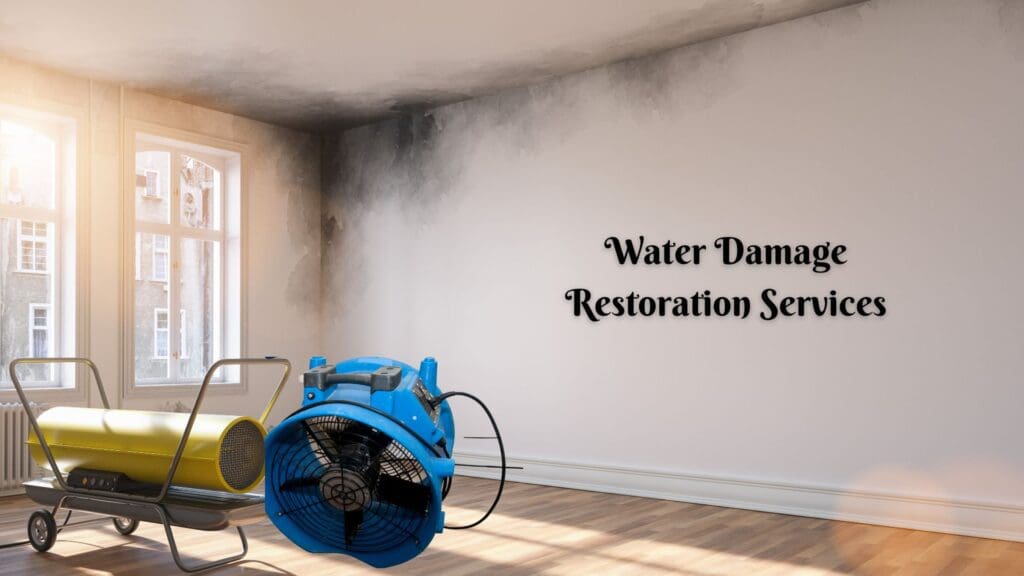
For emergency water damage restoration services, Call Superior Restoration, today!

